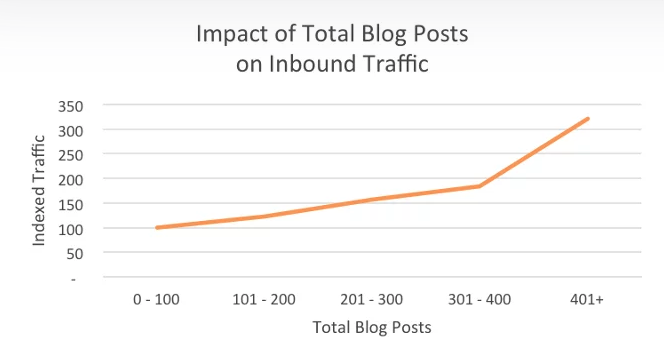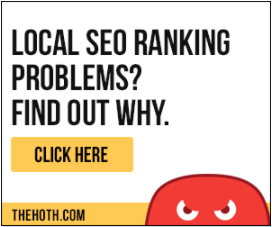A website optimisation strategy can help you use SEO (search engine optimisation) to optimise the existing content on your site. Many sites can be improved with just a few small changes. The main SEO things to change are based around the keywords you want your site to be optimised for.
Some keywords are more competitive than others so you can also implement a blogging strategy to get your site ranked for certain keywords which relate to your business. See also SEO organic ranking.

Some main SEO points to update on your site can be quickly changed using an SEO plugin such as Yoast SEO – if you’re using a WordPress based website. If not, you can manually optimise certain criteria for optimum performance. In May 2020 Google announced page experience signals:
- Mobile friendliness – make sure your site is mobile friendly
- Safe browsing – get a security plugin and make your site secure
- HTTPS – can be achieved with a simple plugin (see best blog plugins for WordPress)
- Content accessibility via a lack of intrusive interstitials (pop-ups) – avoid using pop ups, or too many distracting CTA’s
Google changes their algorithms constantly to give the user a better experience. For the best results you can follow their guidelines and keep yourself informed of updates.
Website Optimisation Strategy – Basic SEO
Basic SEO criteria is to optimise each page of your website, and the website settings for your main keywords. Headings, titles, image alt attributes and subheadings all have a bearing on your SEO rankings for your site and individual pages. The fastest way to optimise these elements is with an SEO plugin. Once you’ve optimised you can also start adding content via blogging to build your authority and create on-site links.

The more content you have on your site, the more authority you’ll have in your niche. A good strategy for building content is to use Google’s keyword planner which will give you related keywords based on your topic/niche.
See how to find long tail keywords with low SEO difficulty. This is a good strategy you can use in any niche to build your on site authority through creating content on a regular basis. Over time you should see more website traffic if you keep generating more content which is relevant for your potential customers.
SEO Elements
Google ranks SEO based on a number of criteria including:
- The speed of your website
- Mobile friendliness of your site
- It’s security – use Secure http (https)
- The content
- On site SEO
- Off site SEO (back links and source of back links)
- How visitors perceive your content and time on site
- etc.
Google uses hundreds of ranking factors to decide how to rank a website on its search results listing (SERPs – search engine results pages).

Competition
Regardless of your website optimisation strategy, if there’s a huge number of competing websites for your chosen keyword/s you may still rank poorly in the search results. This is because an older website with many thousands of back links will be difficult to compete with, especially if it has a high authority with Google.
So ideally optimise your website as much as necessary, build content on a regular basis and look for other marketing strategies alongside an SEO content building or website optimisation strategy. PPC advertising is a much faster and more effective way to advertise and worth delving into as well. See PPC vs Organic marketing.
If you’re attempting to rank a keyword on your site and there’s a huge amount of competing sites for that keyword, it’s much more difficult to get organic traffic for it. As an alternative option look for long tail keywords which offer less competition. Build an organic marketing strategy alongside a paid marketing strategy.
Checkout The Hoth for SEO services!